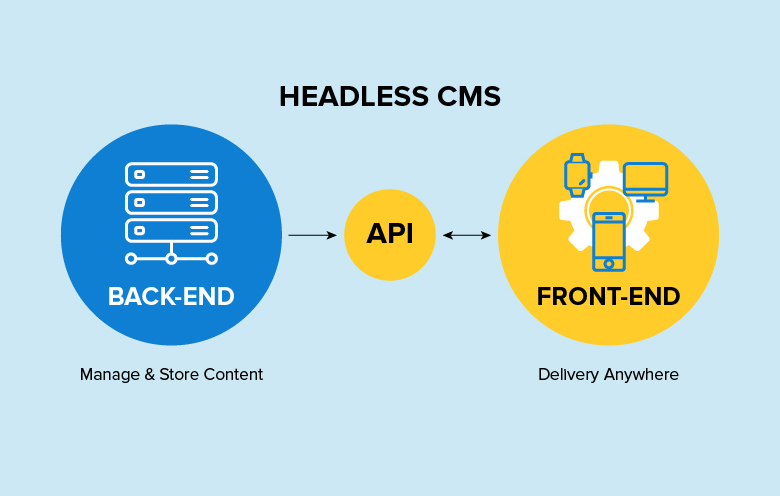Unleashing the Power of Headless CMS: A Comparison of Node.js CMSs

Introduction:
In the ever-evolving world of content management systems (CMS), headless CMS solutions have gained significant traction for their flexibility, scalability, and seamless content delivery across multiple platforms. If you're considering adopting a headless CMS for your next project, this blog post will compare three popular options: Keystone.js, Strapi, and Payload CMS. Let's delve into their features, strengths, and considerations to help you make an informed decision.
1. Keystone.js: Simplicity and Extensibility Combined
Keystone.js prides itself on its simplicity and extensibility. It offers a straightforward setup process and provides a user-friendly admin interface for managing content. Keystone.js is built on Express.js and MongoDB, offering a solid foundation for building scalable applications. Its extensibility comes from its flexible data modeling, allowing developers to define custom schemas and relationships. However, Keystone.js may require additional configuration and customization for complex use cases.
2. Strapi: Customizable and Feature-Rich
Strapi positions itself as a fully customizable headless CMS. It offers a wide range of features out of the box, including user management, content types, media management, and API generation. Strapi's admin panel provides a visually appealing interface for content management. One of its notable strengths is its plugin ecosystem, which allows developers to extend the platform's functionality as per their specific requirements. Strapi supports various databases, making it suitable for diverse projects. However, its extensive feature set may require a learning curve for developers.
Payload CMS: Developer-Focused and User-Friendly
Payload CMS focuses on providing a developer-friendly experience without compromising on user-friendliness. It offers a clean and intuitive interface for content management, making it easy for non-technical users to navigate. Payload CMS boasts a flexible and schema-based approach, allowing developers to define content structures and relationships with ease. Its GraphQL API provides efficient and precise data retrieval capabilities. However, Payload CMS may have fewer pre-built features compared to other options, requiring more custom development for specific use cases.
Considerations for Choosing a Headless CMS:
- Customization: Assess your project's requirements and consider the level of customization needed. Strapi and Payload CMS offer extensive customization options, while Keystone.js provides a more straightforward approach.
- Ease of Use: Evaluate the user-friendliness of the admin interface for content editors. Strapi and Payload CMS excel in this area, offering intuitive interfaces for non-technical users.
- Development Flexibility: Consider your development team's expertise and preferences. Keystone.js and Payload CMS provide more developer-focused experiences, whereas Strapi strikes a balance between developer flexibility and pre-built features.
- Community and Support: Evaluate the size and activity of the communities surrounding these CMS solutions. Active communities ensure ongoing support, documentation, and potential plugin availability.
Conclusion:
Choosing the right headless CMS is a crucial decision that can impact the success of your project. Keystone.js, Strapi, and Payload CMS are all solid options, each with its strengths and considerations. If simplicity and extensibility are your priorities, Keystone.js may be an excellent fit. For a customizable and feature-rich experience, Strapi offers a comprehensive solution. If you value a developer-friendly approach and user-friendly admin interface, Payload CMS could be your go-to option. Consider your project's unique requirements, the development team's expertise, and the desired user experience to select the headless CMS that best aligns with your goals.
